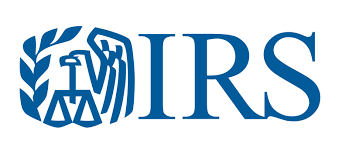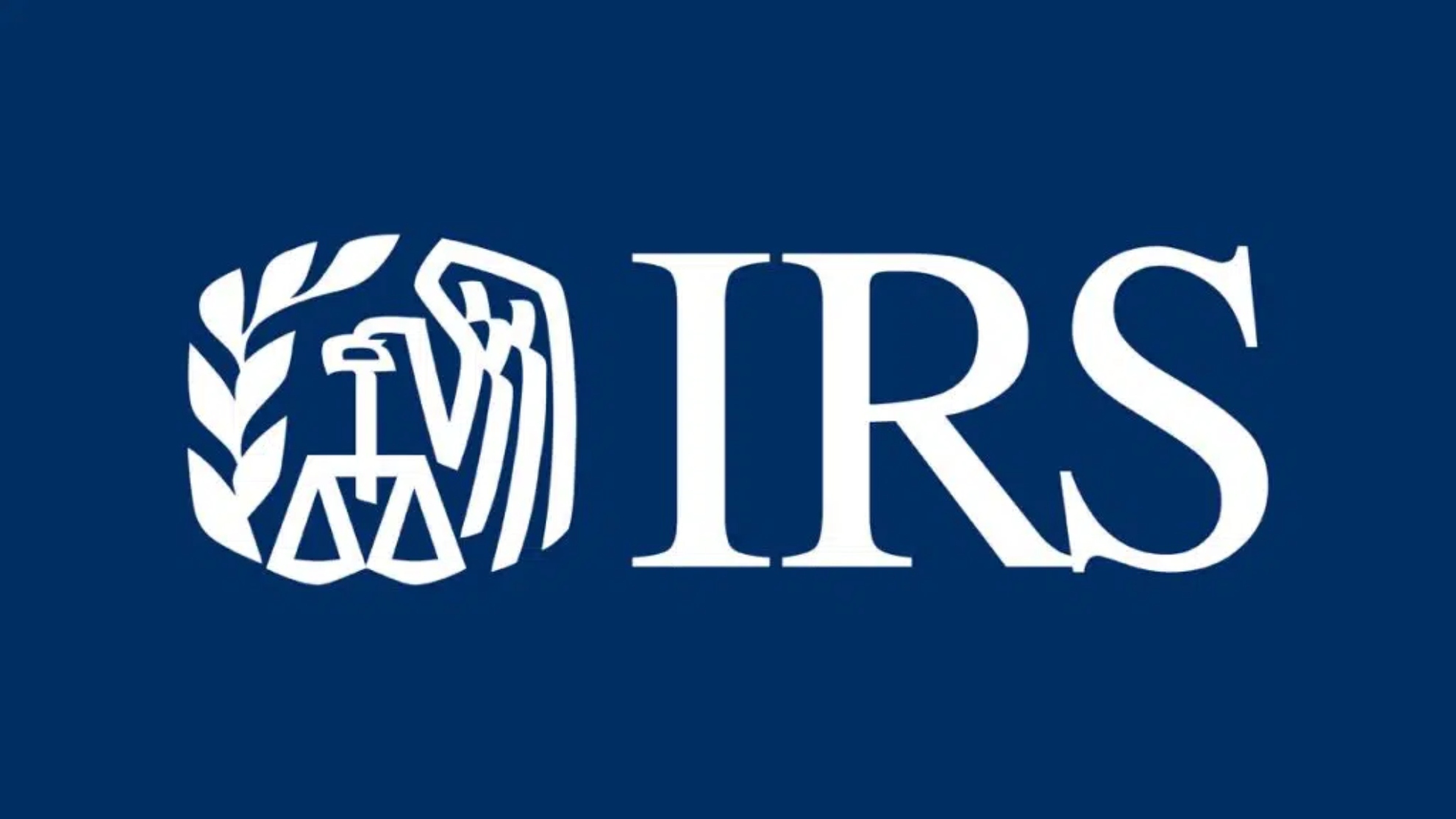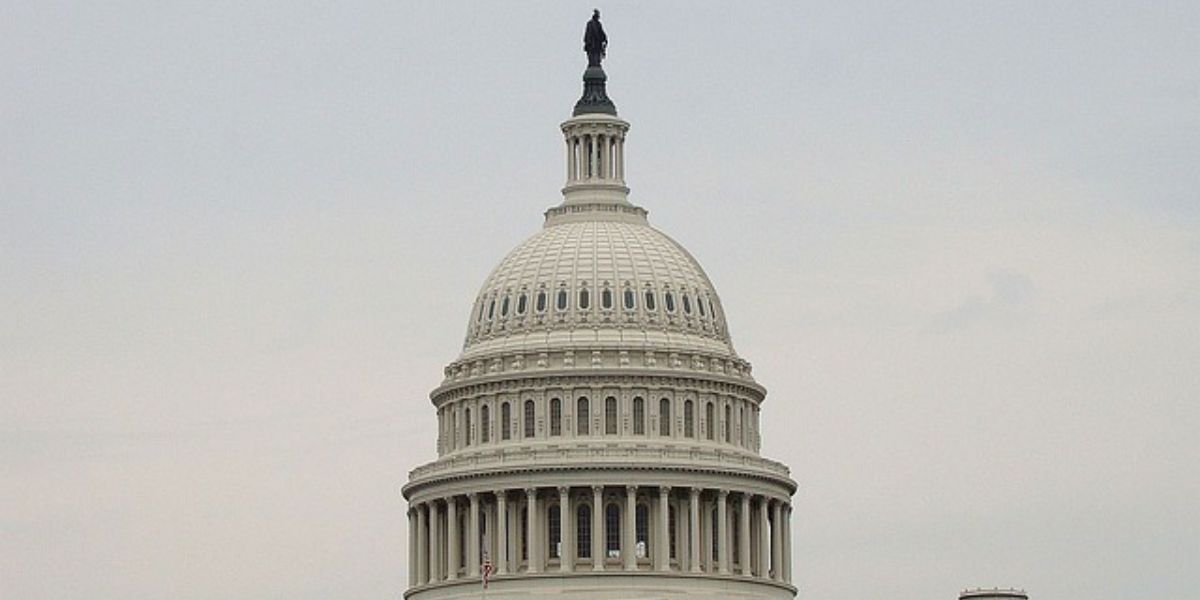The US report on advance pricing agreements issued on 25 March 2013 covers the activities of the program in 2012. At the beginning of 2012 the APA program was merged with the office of the competent authority (USCA) that is responsible for the mutual agreement procedure. The new program is known as the Advance Pricing and Mutual Agreement (APMA) program.
The number of APAs executed rose to 140 in 2012. The time taken on average to complete an APA fell from 40.7 months in 2011 to 39.8 months in 2012, and this is expected to decrease further in future years as the increased resources of the APMA are used to make the process more efficient. 126 APA applications were filed during the year and 391 APAs were pending at the end of 2012. The majority of APAs finalized or reviewed in the year concerned taxpayers in the manufacturing industry or wholesale/retail trades.
More than half the APAs executed in 2012 concerned transactions between foreign parents and US subsidiaries. Of the bilateral APAs executed in 2012, more than 50% concerned transactions between the US and Japan, while a significant number concerned Canada and the UK. Most of the tested parties in the APAs executed in 2012 were US distributors or US service providers, each of which accounted for more than 30% of the total. More than 40% of the transactions covered in the APAs were supplies of goods, and almost 40% were provisions of services, the rest mostly involving intangibles.
The main transfer pricing method used in APAs, including those involving tangible as well as intangible property, was the comparable profits method/ transactional net margin method (CPM/TNMM). With respect to profit level indicators employed when using the CPM/TNMM method in respect of transfers of property, the operating margin (operating profit divided by gross revenue) was used in 60% of cases and the Berry Ratio was used in 15% of cases.
For services, although the CPM/TNMM was the most used method, the services cost method was also used in a significant number of APAs. Under the APAs for services using the CPM/TNMM, the most common profit level indicator was the Berry ratio.
Of the APAs executed in 2012, almost half were agreed for five year terms, and 80% were agreed for terms between five and eight years. Of these, in many cases the original application was for a five-year APA and the term was increased by agreement between the taxpayer and the IRS (including the foreign tax authority where relevant) during the negotiations. Around 10% of APAs had terms of nine years or more, based on the specific circumstances of each case, but terms of this length are expected to remain unusual.

















